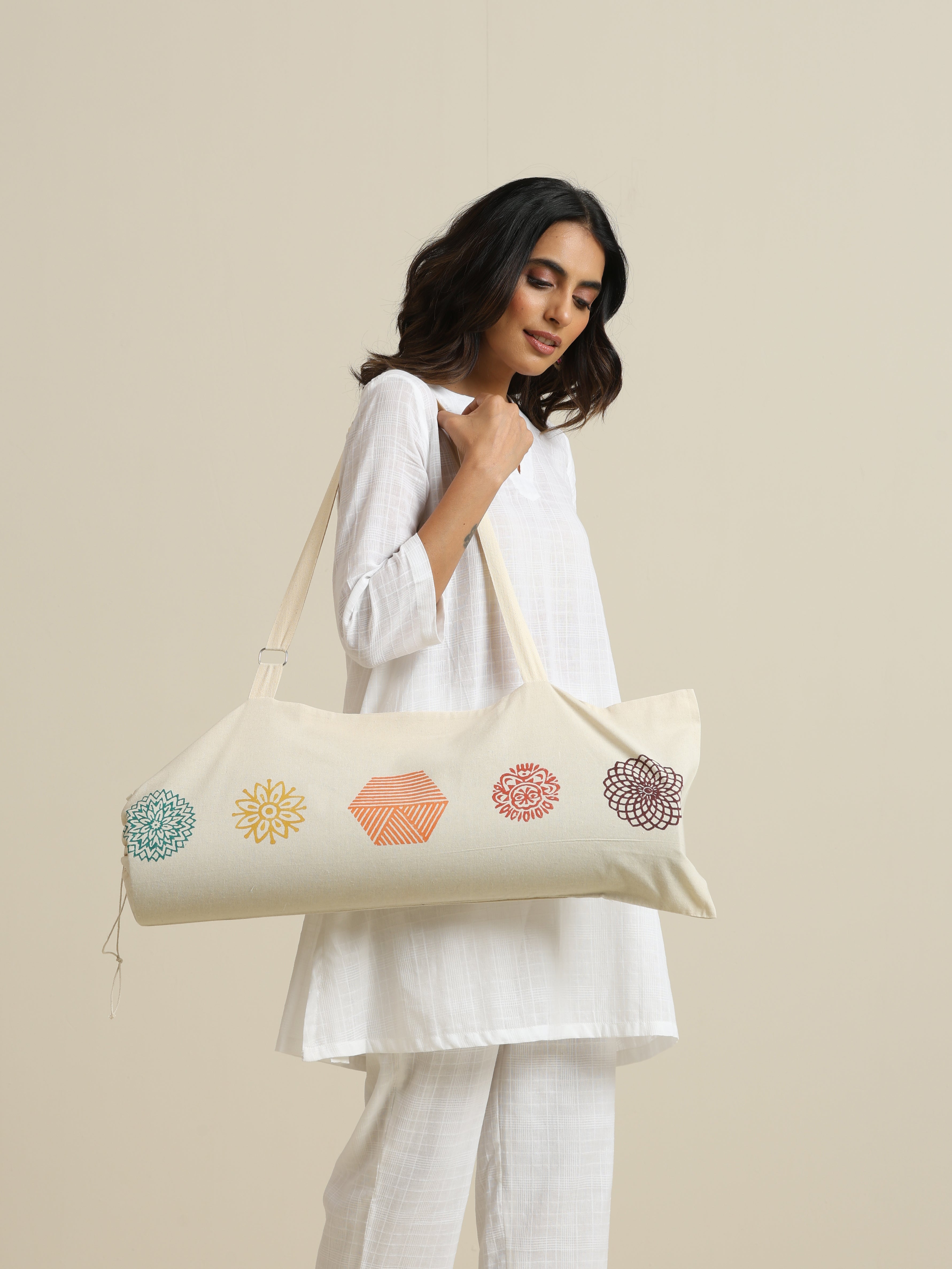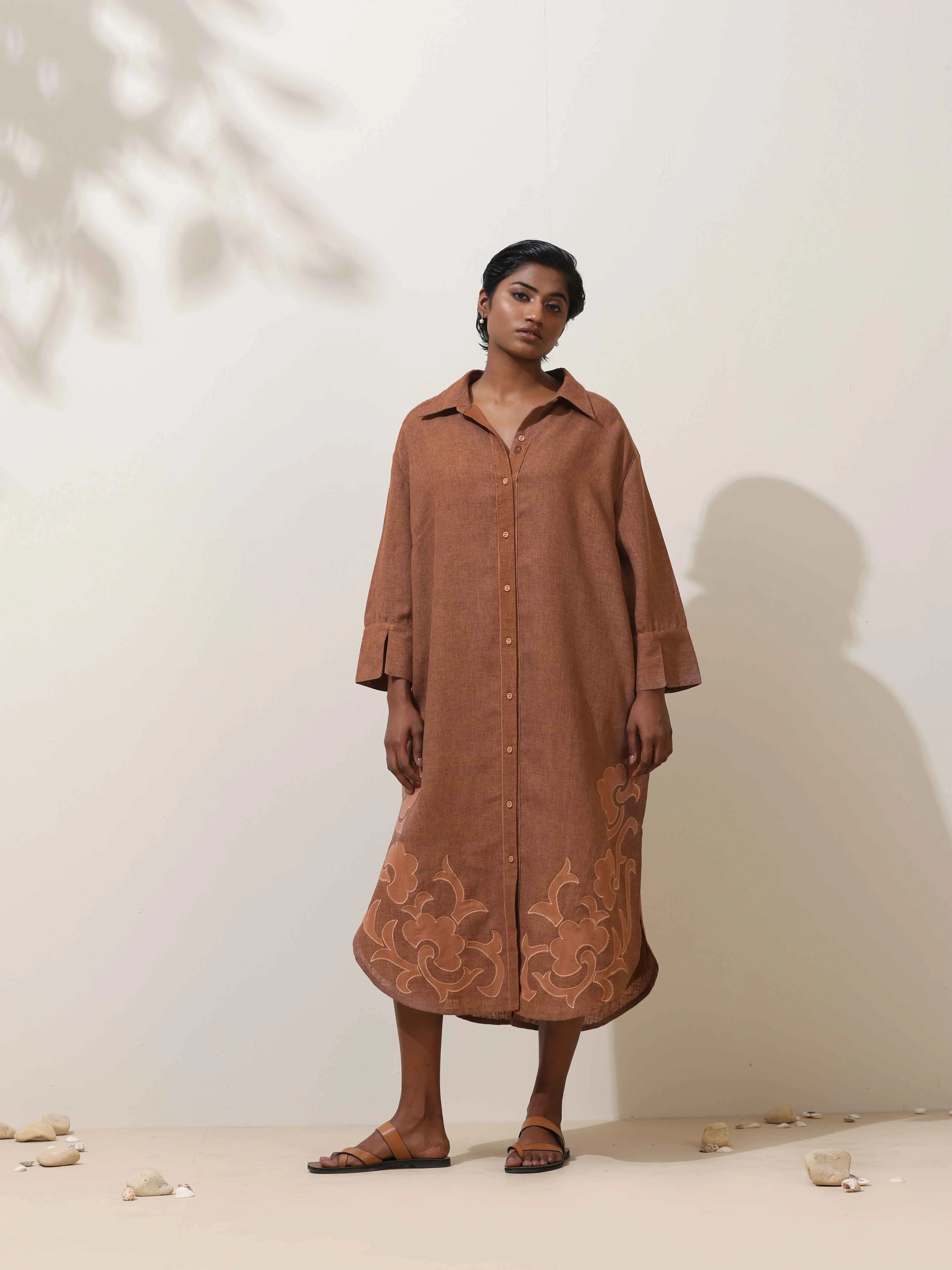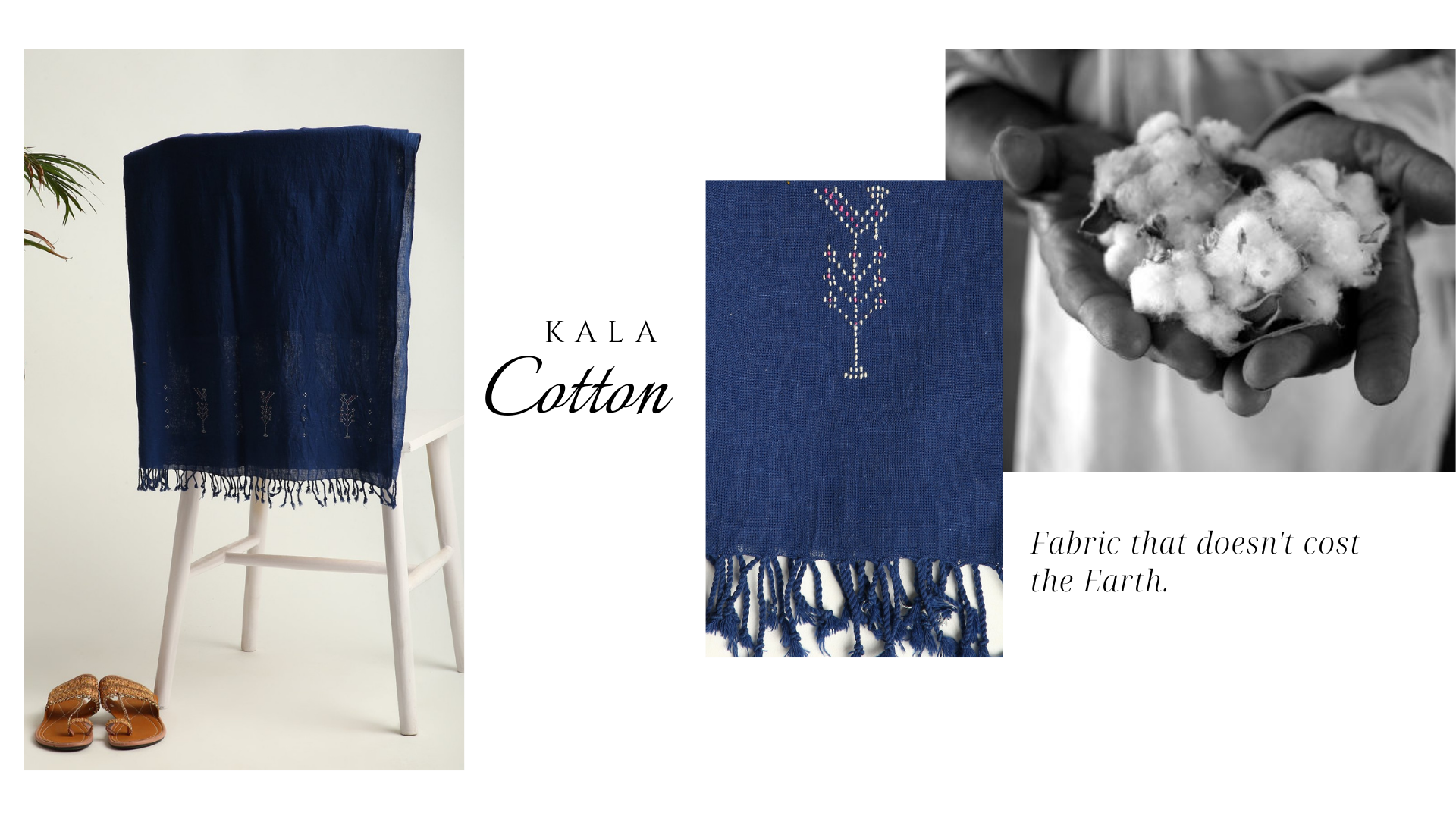
INDIAN HANDLOOM: THE ART AND THE ARTISTS
“Connection is why we are here; it is what gives purpose and meaning to our lives” - Brene Brown
Indeed, these words ring the reality as our lives are circled within the warp of multiple shades of joys and sorrows as well as pain and pleasure. It’s enthralling how a weaver creates a pattern, mixing shades with her hands, pulling and tugging the threads with endless hours of labor, enduring rigorous work.
As the world moves towards the age of sustainable fashion and conscious choices, handlooms take more prominence than ever before with bare minimum carbon footprint, due to factors ranging from eco-friendly infrastructure to low power consumption. The consistent efforts and initiatives by the Textile Ministry along with the new-age designers and entrepreneurs endorsing our cultural heritage, are paving way for the handloom industry to flourish and thrive.
In India, the handloom is one of the most significant homegrown industries, giving livelihood to most of rural India. Indian handicrafts have captivated the world and yet remain rooted to their culture and ethos. Various handlooms in India are engaged in weaving with natural fibers like cotton, silk,wool, etc. Most of the villages in India are directly or indirectly dependent for their bread and butter on the handloom sector. This sector proudly displays the traditional beauty associated with India's cultural heritage. The strength of the handloom industry is that it believes in introducing innovative designs, but at the same time keeping its heritage values grounded. Hence, replication of the same on power looms is difficult.
The lack of market demand for handloom products along with too many government interventions has wrecked the diversity of this sector. This has made the weavers more dependent on various schemes and has over the years had a negative impact on the capability of their entrepreneurial spirit. The initiatives like Make in India aim to ignite the dying aspiration of many weavers and help them to get recognized for a better world in terms of parity in visibility and viability. "VOCAL FOR LOCAL" should become the mantra of every Indian, for the traditional art forms to continue being practiced at these looms. This will enable the handloom industry to continue to prosper well enough to increase its global footprints and still continue to be in harmony with the industrialization as a whole in India.
Adopting handloom products in fashion and furnishings is not only about safeguarding our traditions but also about owning something that is home grown. Globally, luxury is primarily about that which is not produced in factories but made by human hands and is organic. Handloom products can also be luxury, if the context is drawn literally. NGOs, governmental organizations and couture designers are helping adapt Indian handlooms for the 21st century.
In the end, what differentiates us as individuals from one another is how we choose to support the makers of handloom and handcrafted products. It has to be a relationship with a deep engagement and investment for consistent growth in the long run.















